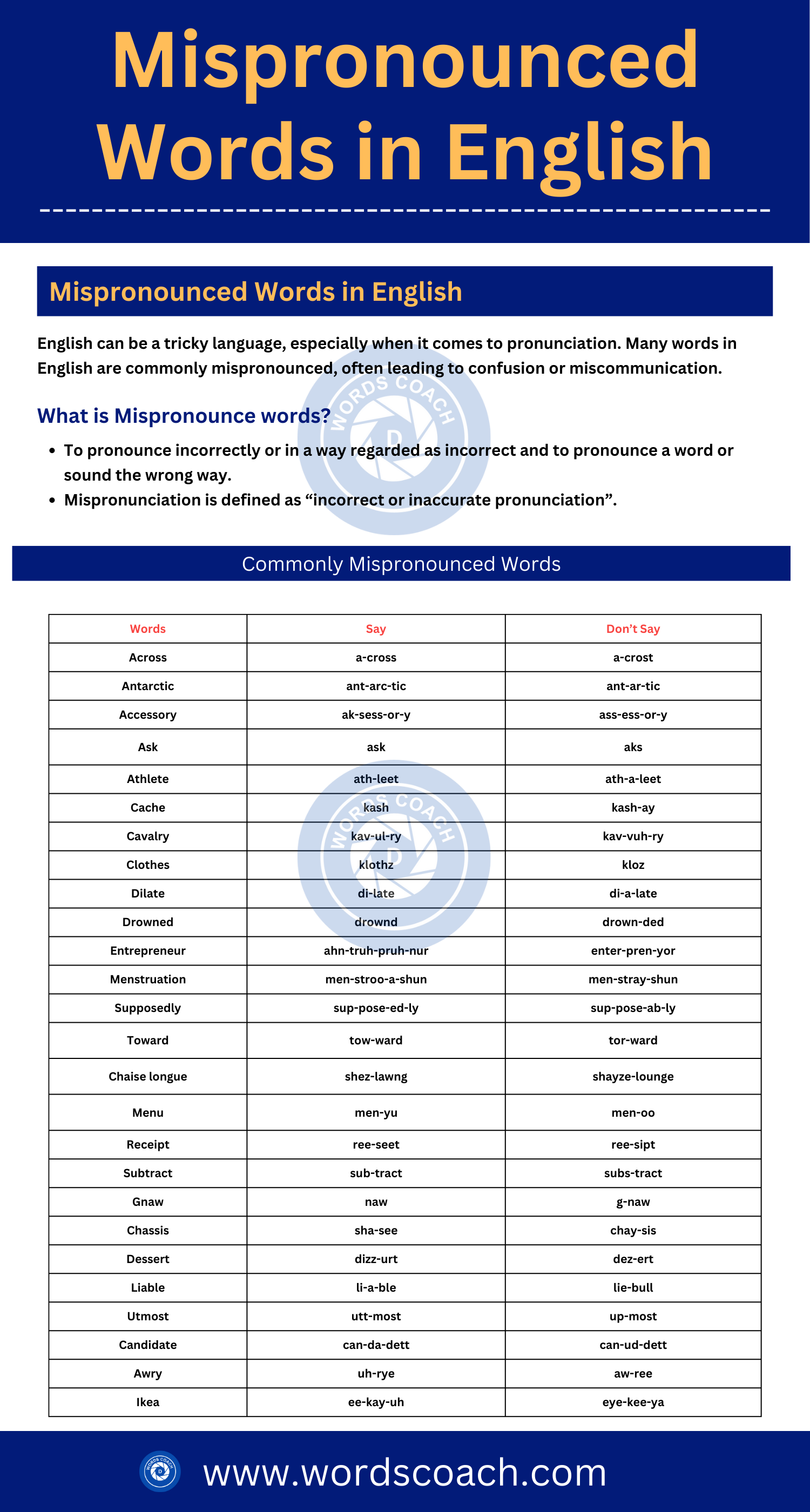Spanish greetings and farewells
Formal Greeting
Here are some Spanish formal greetings with their meanings and examples:
- Buenas días (Good morning):
This is a formal greeting used to say “good morning” in Spanish. It is appropriate to use in the morning until around noon.
Example: Buenas días, señor. ¿Cómo está usted? (Good morning, sir. How are you?)
- Buenas tardes (Good afternoon):
This is a formal greeting used to say “good afternoon” in Spanish. It is appropriate to use in the afternoon until early evening.
Example: Buenas tardes, señora. ¿En qué puedo ayudarle? (Good afternoon, ma’am. How can I assist you?)
- Buenas noches (Good evening):
This is a formal greeting used to say “good evening” in Spanish. It is appropriate to use in the evening and at night.
Example: Buenas noches, doctor. Gracias por recibirme en su consultorio. (Good evening, doctor. Thank you for seeing me in your office.)
- Hola, buenos días / tardes / noches (Hello, good morning / afternoon / evening):
This is a formal greeting that combines the informal greeting “hola” with the formal greeting “buenas días/tardes/noches”. It is a polite and friendly way to greet someone.
Example: Hola, buenos días, señorita. ¿Cómo ha estado su día hasta ahora? (Hello, good morning, miss. How has your day been so far?)
- Saludos cordiales (Best regards):
This is a formal greeting used to express good wishes and respect.
Example: Le agradezco por su tiempo y atención. Saludos cordiales, señor García. (I appreciate your time and attention. Best regards, Mr. Garcia.)
- ¿Cómo está usted? (How are you?):
This is a formal greeting used to ask someone how they are doing.
Example: Buenos días, señor. ¿Cómo está usted hoy? (Good morning, sir. How are you today?)
Informal Greeting
Here are some Spanish informal greetings with their meanings and examples:
- Hola (Hi / Hello):
This is a casual and informal way to greet someone in Spanish. It can be used in any situation.
Example: Hola, ¿cómo estás? (Hi, how are you?)
- ¿Qué tal? (What’s up?):
This is a casual greeting that can also be used as a way of asking someone how they are doing.
Example: ¿Qué tal todo? (What’s up with everything?)
- ¿Cómo estás? (How are you?):
This is another way of asking someone how they are doing in a more casual setting.
Example: ¿Cómo estás, amigo? (How are you, friend?)
- Buenas (Hey there):
This is a shortened version of “buenas tardes” or “buenas noches” and is used as a casual greeting in the afternoon or evening.
Example: Buenas, ¿qué has hecho hoy? (Hey there, what have you been up to today?)
- ¡Bienvenido! (Welcome!):
This is a casual and friendly greeting used to welcome someone.
Example: ¡Bienvenido a mi casa! (Welcome to my house!)
- ¡Hombre! (Man!):
This is a casual and friendly greeting used to express surprise or excitement.
Example: ¡Hombre, qué alegría verte! (Man, how great it is to see you!)
Formal Farewell
Here are some Spanish formal farewells with their meanings and examples:
- Adiós (Goodbye):
This is a formal farewell used to say “goodbye” in Spanish.
Example: Adiós, señor. Ha sido un placer hablar con usted. (Goodbye, sir. It has been a pleasure talking with you.)
- Hasta luego (See you later):
This is a formal farewell used to say “see you later” in Spanish.
Example: Muchas gracias por su ayuda. Hasta luego. (Thank you very much for your help. See you later.)
- Hasta pronto (See you soon):
This is a formal farewell used to say “see you soon” in Spanish.
Example: Espero verlo pronto en la próxima reunión. Hasta pronto. (I hope to see you soon at the next meeting. See you soon.)
- Nos vemos (See you):
This is a formal farewell used to say “see you” in Spanish.
Example: Fue un placer trabajar con usted. Nos vemos. (It was a pleasure working with you. See you.)
- Que tenga un buen día / tarde / noche (Have a good day / afternoon / night):
This is a formal farewell used to wish someone a good day, afternoon, or night.
Example: Gracias por visitarnos. Que tenga un buen día. (Thank you for visiting us. Have a good day.)
- Le agradezco mucho por su tiempo y atención (Thank you very much for your time and attention):
This is a formal farewell used to express gratitude and respect.
Example: Le agradezco mucho por su tiempo y atención. Espero volver a hablar con usted pronto. (Thank you very much for your time and attention. I hope to talk with you again soon.)
Informal Farewell
Here are some Spanish informal farewells with their meanings and examples:
- Chao (Bye):
This is an informal farewell used to say “bye” in Spanish.
Example: Chao, nos vemos mañana. (Bye, see you tomorrow.)
- Nos vemos (See you):
This is an informal farewell used to say “see you” in Spanish.
Example: Fue divertido, nos vemos pronto. (It was fun, see you soon.)
- Hasta luego (See you later):
This is an informal farewell used to say “see you later” in Spanish.
Example: Hasta luego, cuídate. (See you later, take care.)
- Hasta la vista (Until the next time we see each other):
This is an informal farewell used to say “until the next time we see each other” in Spanish.
Example: Hasta la vista, baby! (Until the next time we see each other, baby!)
- Nos leemos (We’ll read each other):
This is an informal farewell used to say “we’ll read each other” in Spanish, mostly used when communicating through written messages.
Example: Nos leemos pronto, te mando un abrazo. (We’ll read each other soon, sending you a hug.)
- ¡Nos vemos en la fiesta! (See you at the party!):
This is an informal farewell used to say “see you at the party” in Spanish.
Example: ¡Genial! ¡Nos vemos en la fiesta! (Great! See you at the party!)





